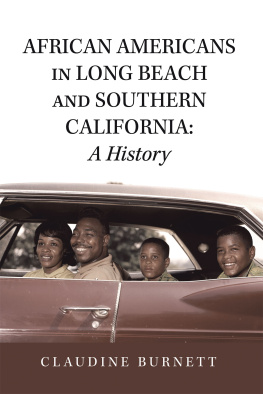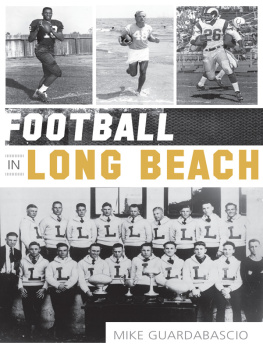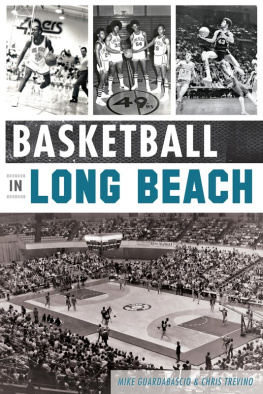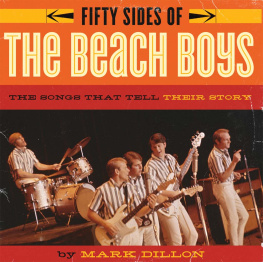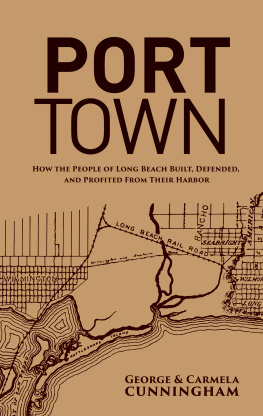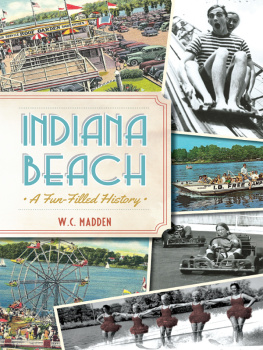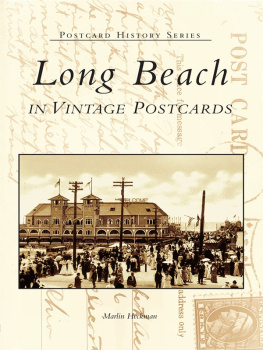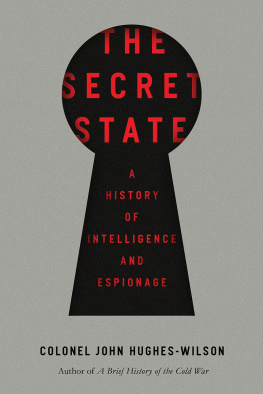Published by The History Press
Charleston, SC 29403
www.historypress.net
Copyright 2015 by Barbara Kingsley-Wilson
All rights reserved
Front cover, top left: Misty May originally played volleyball for Long Beach State. Courtesy of Long Beach State Athletics. Top middle: Cars parked on campus looking down toward lower campus. Courtesy of CSULB. Top right: Veterans Administration water tower. Courtesy of CSULB. Bottom: The Pyramid. Courtesy of CSULB.
First published 2015
e-book edition 2015
ISBN 978.1.62585.126.0
Library of Congress Control Number: 2015941003
print edition ISBN 978.1.62619.601.8
Notice: The information in this book is true and complete to the best of our knowledge. It is offered without guarantee on the part of the author or The History Press. The author and The History Press disclaim all liability in connection with the use of this book.
All rights reserved. No part of this book may be reproduced or transmitted in any form whatsoever without prior written permission from the publisher except in the case of brief quotations embodied in critical articles and reviews.
Foreword
For the original 169 students, attending Long Beach State College began with the typewritten schedule of classes for the fall of 1949. There were fifty-three courses offered in thirteen departments: art, biology, business, economics, education, English, geography, history, law, music, nature study, physical science, political science, psychology, sociology and speech. All of these classes were crammed into two converted apartment houses near the present campus.
Eight departments scheduled only one course that semester. Education, the largest department by far, offered fourteen courses in seventeen sections. Several of the departments also offered courses such as Art for Elementary Teachers, Childrens Literature and Public School Music. All of this underscores the fact that teacher education was the primary mission of the new college.
This concise history of what is now California State University, Long Beach is enriched by the authors ability to reach back to the beginning through interviews, both recorded and first person, with the original faculty and staff and their progeny.
Barbara Kingsley-Wilson has uncovered recordings, photos and films that collectively document the early years. Moreover, she has interviewed many of the second-generation members of the campus community who contributed to its explosive growth and development.
Her background as a journalist has stood her in good stead in this effort. She not only knows how to interview, but she also knows how to gather information and present it in a coherent manner. More than anything else, though, Kingsley-Wilson has uncovered many of the small thingsthe little-known, overlooked or forgotten facts that, when integrated into the larger picture, lend texture to the fabric of institutional history.
Two of the first students, Roger Bryson and Joanne St. Louis, walking out of one of the converted apartments in the fall of 1949. Bryson would become the colleges first student body president. Courtesy of the University Archives.
From 1949, fast forward more than sixty years to the 201314 academic year, when the lushly landscaped California State University, Long Beach had about thirty thousand undergraduate and five thousand graduate students. It had become a significant university, and its students were variously pursuing about 150 bachelors or masters degrees, as well as 5 doctoral degrees.
Those degrees were being offered through seven academic colleges: arts, education, liberal arts, engineering, health and human services, natural sciences and mathematics. Collectively, these colleges are composed of more than seventy academic departments.
By 2014, the college library, which began in 1949 with no books, had become the University Library, with holdings that included more than one million books, videos, print journals and maps, as well as seventy thousand scholarly journals, mostly electronic.
I transferred to Long Beach State in 1958. It was a time when students stood in long lines to register for courses each semester, and students often parked along East Seventh Street or in unpaved fields on north campus. Enrollment passed ten thousand in the fall of 1959, and the lines got longer. The first two dormitories openedone for men and one for womenbut it still was (then as now) largely a commuter campus.
I was among the tens of thousands of GI Bill students who attended colleges and universities after the Korean conflict ended in 1953. I transferred to Long Beach State to study journalism, although all the journalism courses were in the English Department. I was one of the relatively few veterans who became involved in campus activities, and I was named editor of the Forty-Niner and elected treasurer of the Associated Students. A year after graduating and after earning an MA at the University of Iowa, I returned to Long Beach State as assistant manager of the colleges news bureau, a job I held from 1961 to 1963, when I turned to newspaper work.
Nearly fifty years after my 1960 graduation, I again returned, this time as chairman of the Department of Journalism, a position I held from 1998 to 2001. After retiring, I continued as a part-time faculty member through 2014.
I often think back to my undergraduate days at Long Beach State and remember a conversation I had with my favorite English professor, Dr. Frank Nelson. I wanted reassurance that I was attending a good college. He replied that I was receiving a good liberal arts education and that it should take me a long way. He was right, and in my path to a doctoratethrough newsrooms and university classroomsI never had cause to look back with even a trace of regret. As I read the pages of this book, I look back with affection and gratitude.
LEE BROWN
Class of 1960








